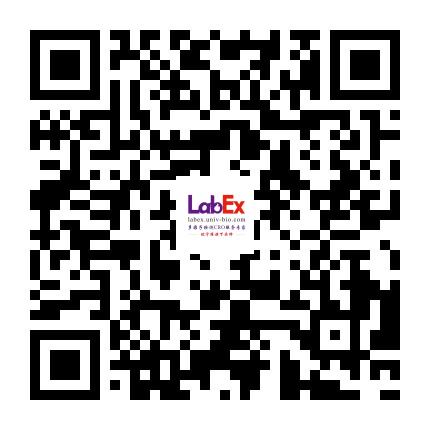HS 3D-SeboSkin Model Enables the Preclinical Exploration of Therapeutic Candidates for Hidradenitis Suppurativa/Acne Inversa
3D-SeboSkin; NFκB; SZ95 sebaceous gland cell line; adalimumab; autophagy; cytokines; ex vivo; hidradenitis suppurativa; proteins.- Pharmaceutics
- 5.4
- 2023 Feb 12;15(2):619.
- Human
- 抗体芯片
- 药物研发
- 药物研发
- 上皮细胞
- ASC,IL-18 R alpha,RelA/p65 (pS529),BCL-10,IRAK1,c-Rel,CARD6,IRF5,SHARPIN,CD40/TNFRSF5,IRF8,SOCS-6,dAP1/BIRC2,JNK1/2,STAT1p91,dAP2/BIRC3,JNK2,STAT1 (pY701),FADD/MORT1,LTBR/TNFRSF3,STAT2,Fas/TNFRSF6/CD95,Metadherin/AEG-1,STAT2 (pY689),IκBα,MYD88,STING/TMEM173,IκBε,NFκB1,TLR2,IKK1/IKKα/CHUK,NFκB2,TNF RI/TNFRSF1A,IKK2/IKKβ,NGF R/TNFRSF16,TNF RII/TNFRSF1B,IKKυ/NEMO,P53,TRAF2,IL-1 RI,P53 (pS46),TRAIL R1/DR4,IL-17 RA,RelA/p65,TRAIL R2/DR5
相关货号
LXAH045-1
Abstract
Despite the rapid development in hidradenitis suppurativa (HS) research, the immediate introduction of potent therapeutic compounds in clinical trials and the lack of definitive outcome measures have led to the discontinuation of potential therapeutic compound studies. HS is a solely human disease, and therefore, the search for preclinical human models has been given priority. The 3D-SeboSkin model, a co-culture of human skin explants with human SZ95 sebocytes as a feeder layer, has been shown to prevent the rapid degeneration of human skin in culture and has been validated for HS preclinical studies. In this work, the HS 3D-SeboSkin model has been employed to characterize cellular and molecular effects of the EMA- and FDA-approved biologic adalimumab. Adalimumab, a tumor necrosis factor-α inhibitor, was shown to target inflammatory cells present in HS lesions, inducing a prominent anti-inflammatory response and contributing to tissue regeneration through a wound healing mechanism. Adalimumab inhibited the lesional tissue expression of TNF-α, IL-3, IL-15, and MCP-3 and downregulated the secretion of IL-1α, IL-5, RANTES, MCP-2, TNF-α, TNF-β, TGF-β, and IFN-γ. In contrast, IL-6 was stimulated. The compound failed to modify abnormal epithelial cell differentiation present in the HS lesions. Patients with Hurley stage II lesions exhibited stronger expression of autophagy proteins in perilesional than in lesional skin. Adalimumab modified the levels of the pro-apoptotic proteins LC3A, LC3B, and p62 in an individual, patient-dependent manner. Finally, adalimumab did not modify the NFκB signal proteins in SZ95 sebocytes and NHK-19 keratinocytes, used to study this specific pathway. The administration of the validated HS 3D-SeboSkin model in ex vivo studies prior to clinical trials could elucidate the individual pathogenetic targets of therapeutic candidates and, therefore, increase the success rates of clinical studies, minimizing HS drug development costs.Keywords:3D-SeboSkin; NFκB; SZ95 sebaceous gland cell line; adalimumab; autophagy; cytokines; ex vivo; hidradenitis suppurativa; proteins.
金课堂之文献解析 文献原文请点击
本网站销售的所有产品及服务均不得用于人类或动物之临床诊断或治疗,仅可用于工业或者科研等非医疗目的。







 沪公网安备31011502400759号
沪公网安备31011502400759号
 营业执照(三证合一)
营业执照(三证合一)


